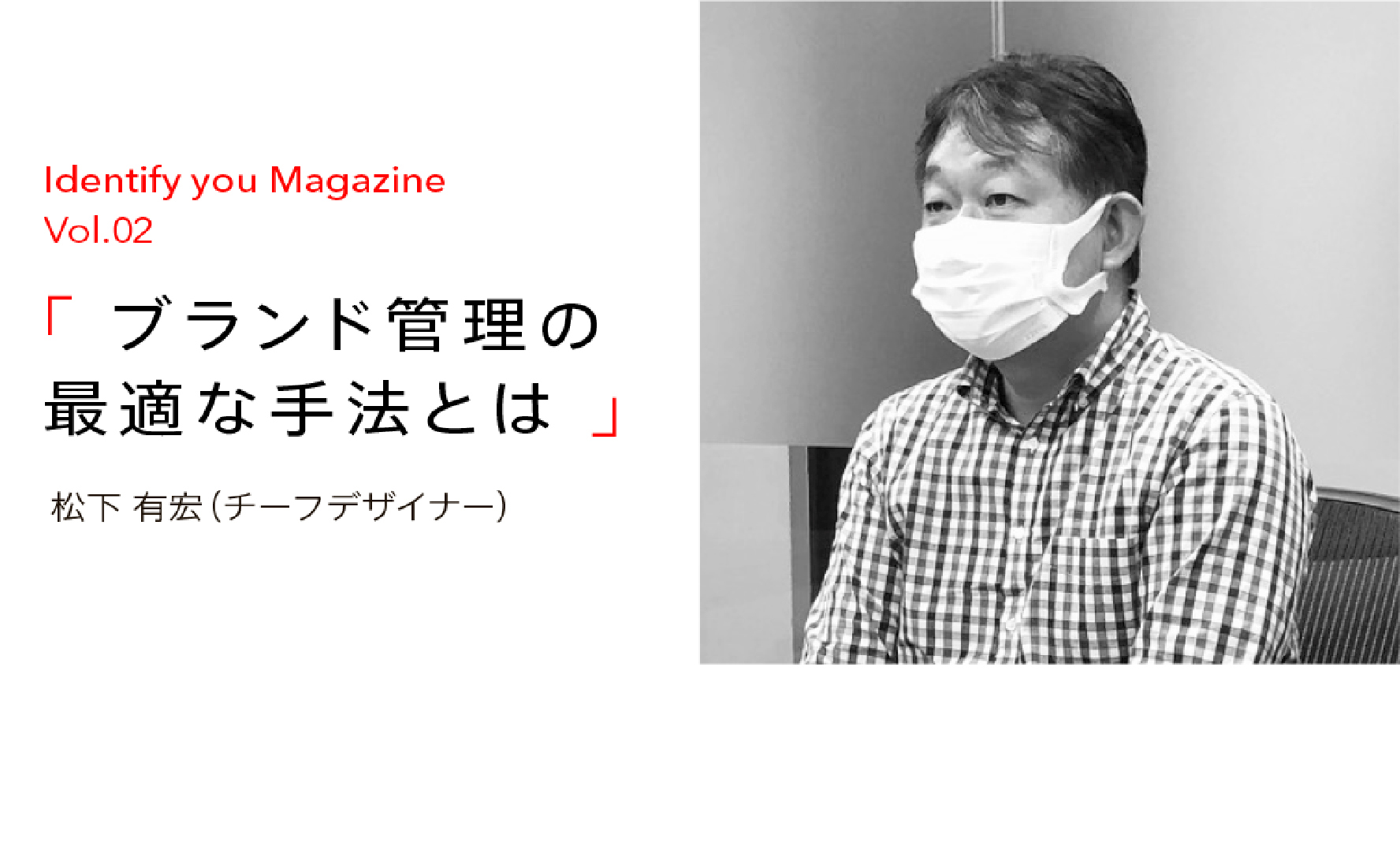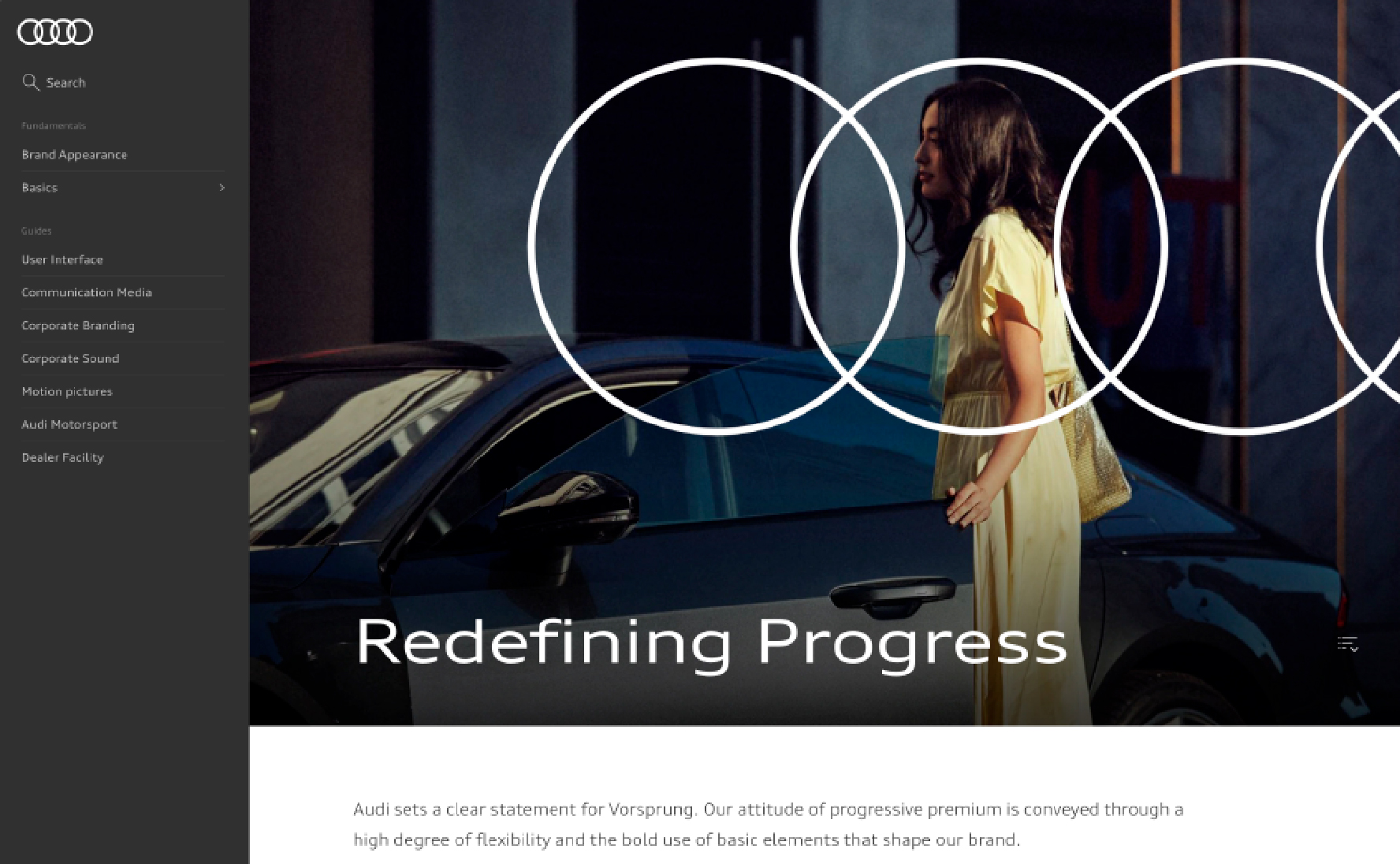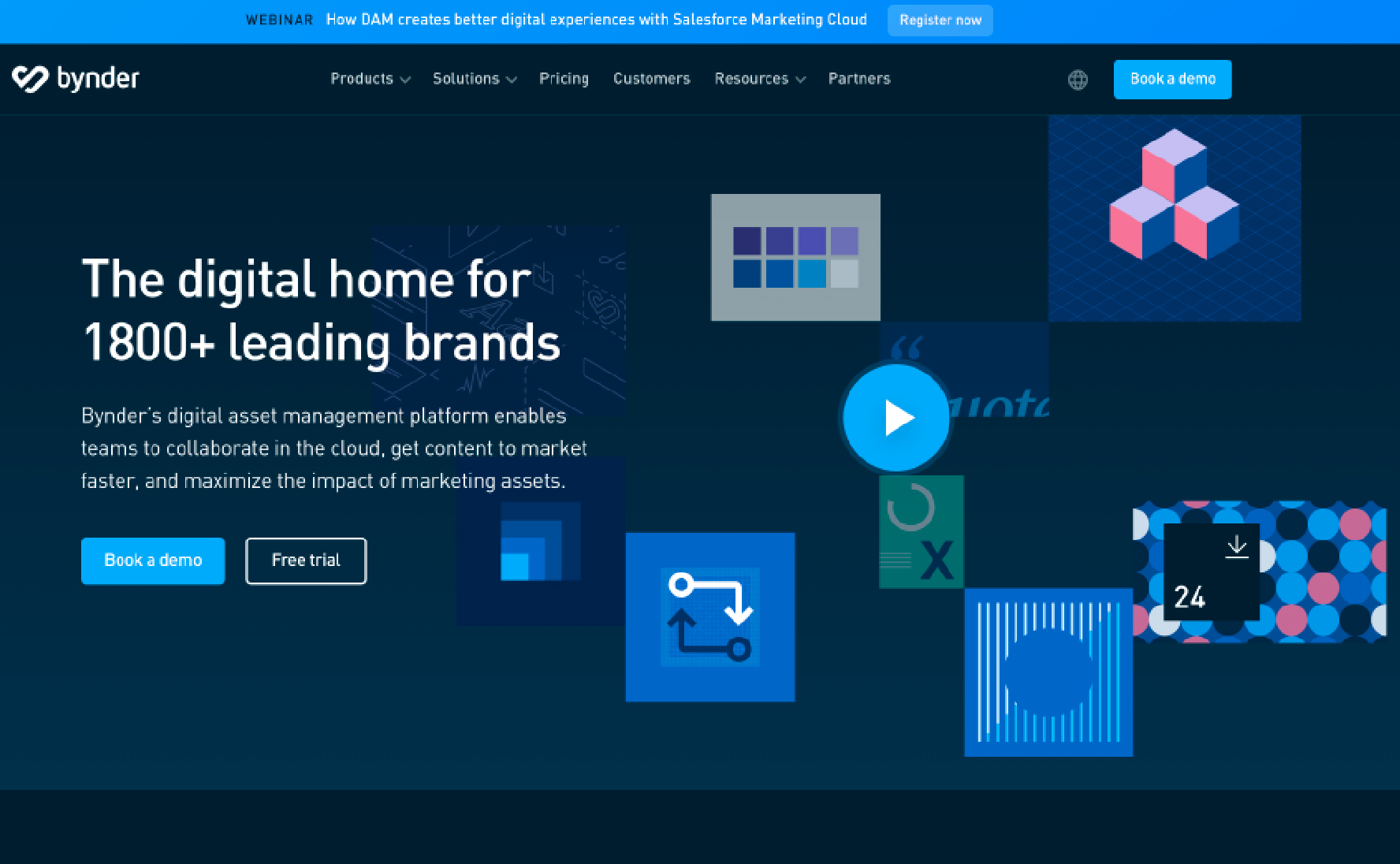Arihiro Matsushita
Chief Desinger
1994
Joined Gramco
For this second session, we welcome Matsushita, who has been involved in brand management at Gramco for many years. Through reflection on brand management trends, we share optimal management methods that leverage both technology and human aspects.
Identify you Magazine Vol.2

After launching a new brand, maintaining and managing it is also essential for brand consistency. So how do companies devise and manage their operations? In this second installment of the series, Arihiro Matsushita, who has been involved in brand management within Gramco for many years, will review the current trends in brand management and share with us optimal management methods that utilize technology and people.
-- First of all, from your perspective as a long-time branding expert, what do you believe is driving the growing need for VI (visual identity) development and management?
Matsushita: First of all, during the financial boom in the 1990s, Gramco was involved in the production of many brochures for financial institutions. From there, starting with the active mergers and consolidations of financial institutions in the 2000s, there was a need to develop names and symbolic VI for the new brands that would be created through reorganization. In conjunction with this, we were also asked to produce a number of VI guidelines unifying the elements we have developed.
-- What are some typical examples of VI guideline development from that time?
Matsushita: Sompo Japan*, formed through a merger in 2002. The company name and VI were proposed simultaneously and decided through a competition.
There were many related subsidiaries, and this insurance industry inevitably required several types of brochures and other tools. We developed this wide range of items one by one and examined them to ensure the design rules would remain consistent. Several people were involved, but I think we were able to proceed carefully and quickly, reaching consensus. The VI guidelines, finally completed and stored in an original binder, were very weighty, both physically and in terms of content.
*Sompo Japan: Established in July 2002 through the merger of Yasuda Fire & Marine Insurance and Nissan Fire & Marine Insurance. Its official name is Sompo Japan Insurance Inc. In December of the same year, the company merged with Taisei Marine & Fire Insurance, which was in the process of restructuring. The company then became Sompo Japan Nipponkoa Insurance in September 2014, and changed its name again to Sompo Japan Insurance in April 2020.
-- Here, let's unpack the evolution of VI guidelines. Earlier, the binder type was common, as in the case of Sompo Japan Insurance which we've been discussing. What is characteristic of this format?
Matsushita: The binder format has the advantage of providing a bird's-eye view of the entire project. Despite its physical thickness and the limited space on each sheet of paper, I would say it is well-edited as a book, making it easy to find and read material for any given purpose.
Another prominent example is that of NASA, which has received a lot of attention in recent years with the release of its reprints. The NASA Graphics Standard Manual, published in 1976, was developed by the New York design studio Danne & Blackburn, which was commissioned by NASA. This logo remained in use for about 20 years until it was changed to the current logo in 1992; I think it is still an excellent design that remains vivid, such as the "A" shape that evokes the image of a rocket. As in this NASA example, you could say that VI guidelines, which indicate the correct use of a brand's visual assets and design system, serve as a kind of constitution for branding.

https://standardsmanual.com/
On the other hand, file-type guidelines such as NASA's have the disadvantage that the colors themselves cannot be accurately confirmed, even when the RGB values are known, because the display colors were considered based on printing. Since it is assumed that once issued, it will be used for a long time as is, it can be difficult to update them.
-- After that, PDF-based management became the norm. What can you tell us about this?
Matsushita: From the production side, the advantage is that the cost and time saved by not printing can be used to enhance content. For users, there are several ease-of-use advantages that only electronic data can offer, such as viewing via email or on a shared company website. However, unlike the binder format, it is necessary to take into account that color reproduction may vary depending on the monitor on which the image is displayed.
-- I understand that in recent years, guidelines have evolved even further, and companies sometimes create their own online sites to store, view, and download VI guidelines and brand assets. What can you tell us about this?
Matsushita: I think the example of Audi and others that are available to the public are excellent. In addition to the ability to update information, in terms of content, the motion and sound allows users to see and hear the content, providing an intuitive way to experience and share the brand's worldview The impression of even a single movement can vary greatly depending on whether it is shown slowly or quickly; I think it is wonderful that these aspects can be controlled too.
In addition, online offers the advantage of centralized management of brand assets. With Audi as well, I can download the data I need as is. As long as the issue of safety is addressed from the security perspective, I believe we will see this more frequently.

https://www.audi.com/ci/en/intro/basics/animation.html
-- I understand that Gramco has also launched a service in partnership with Bynder in the Netherlands to provide online asset management.
Matsushita: Yes, it is a service called "Brand Center" that allows centralized management of guidelines, various logo data, images, etc. to manage the brand on the platform. Moreover, the number of viewers can be limited by giving access privileges to users. Instead of having the administrator respond to each inquiry individually, viewers can resolve their own issues, allowing the administrator to focus more on essential tasks. Japanese companies are also introducing the system, so please contact us if you are interested.

https://www.bynder.com/en/
-- Next, let me ask about management by people. The topic of how to educate those who protect and nurture the brand, ensuring that brand management remains meaningful, is a challenge for every company. Do you have any tips?
Matsushita: When the branding of the National Council of YMCAs of Japan was updated with the new VI, new rules for the production of pamphlets and flyers were also established. Generally, after the guidelines are delivered, the client refers to them when placing orders with external production companies, but in the case of the YMCA, the pamphlets and flyers were often produced in-house. It was also a situation where the staff, who were not professional designers, were working manually.
Therefore, we held two design training sessions for YMCA members nationwide. In the first session, we began with an overview of the brand, explaining the brand concept and the meaning of the logo, followed by a hands-on activity where participants launched Illustrator, opened the data, and used it. In the second session, the participants learned how to input text and adjust layouts in Illustrator, and went on to actually create a flyer.
-- Did they have a good time?
Matsushita: Yes, we had about 40 participants per session, and everyone seemed to enjoy themselves. After the training session, we also gave advice on specific products that had been causing trouble, in the form of corrections. It was great because even after the project was completed and no longer under our control, the brand continued to be properly managed.
-- What other examples are there?
Matsushita: In one case, a corporation with over 30 locations nationwide collected products from each group company over the past year and presented awards to those that followed the rules of the brand. I thought the purpose of the evaluation was very good, to highlight the positive aspects rather than focus on the negatives, all while adhering to well-established scoring criteria in accordance with the VI guidelines. Sharing good examples seemed to inspire them and spark new ideas for creation.
-- It seems that any company could work on this.
Matsushita: I think that in our daily operations, we rarely look at our own companies objectively. I believe that objective evaluation can lead to new insights. Gramco's branding method values a "visual audit" conducted during the research phase. This also involves collecting various items that display the company's VI for a bird's-eye view, often surprising customers with how disparate they are.
-- What are the consequences of poor VI management?
Matsushita: One example we have seen is that due to their love for the brand, they display a lot of it at once. For example, they arrange all elements on something like a furoshiki wrapping cloth. In such cases, they may believe they are strengthening the brand's impact by using many logos, but the effect resembles a pattern, utlimately weakening the impression. I think it is important to consider what expression will make the logo look most impressive. After all, a logo is a symbol of a brand, and like a jewel, it should be carefully polished and continually refined. I think we need to make a constant effort to keep refining our value so that it does not gather dust.
-- I see. So that brings us back to the importance of brand management.
Matsushita: That is correct. I believe that asset management will increasingly utilize online platform services such as Bynder, which I mentioned earlier. At the same time, it will be important to educate people who can manage the brand. If there is a culture of positive mutual praise at that time, it will be easier to gain cooperation within the company and foster an environment where everyone is committed to valuing the brand. I would very much like to see that happen.

Chief Desinger
1994
Joined Gramco
Identify you Magazine Vol.09
2025.02.05
Identify you Magazine Vol.08
2024.02.07
Identify you Magazine Vol.07
2024.01.24